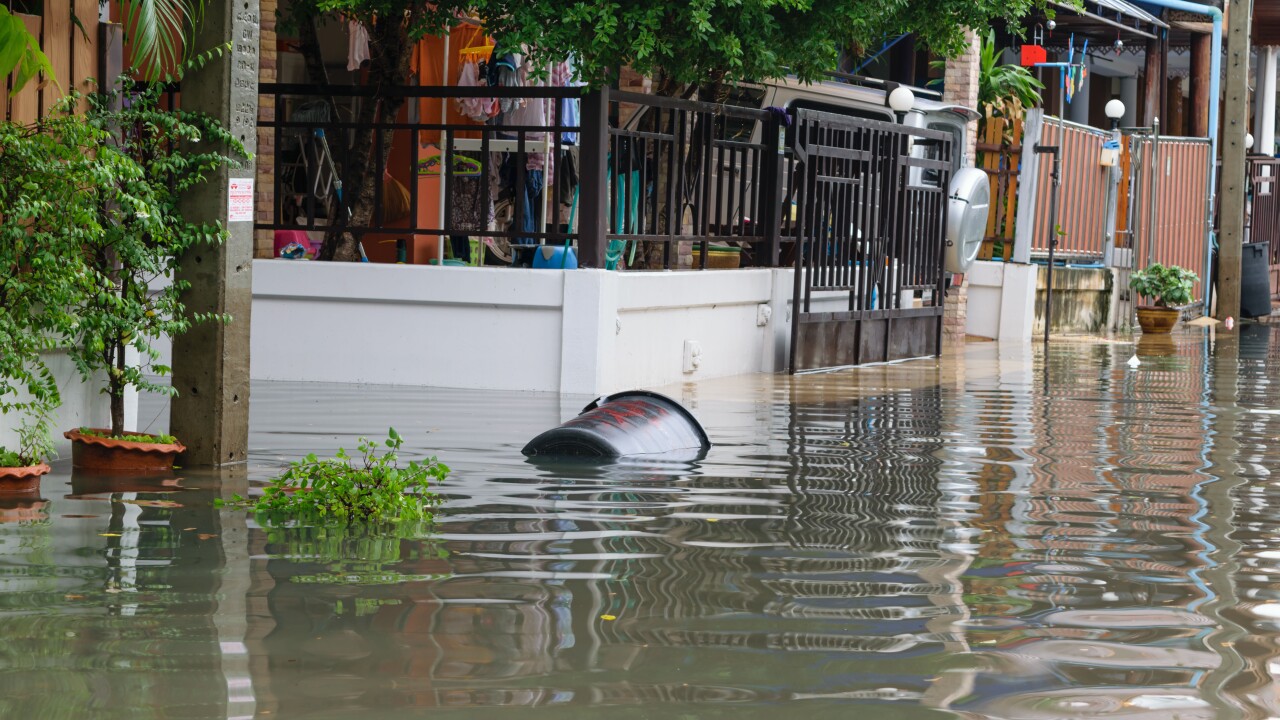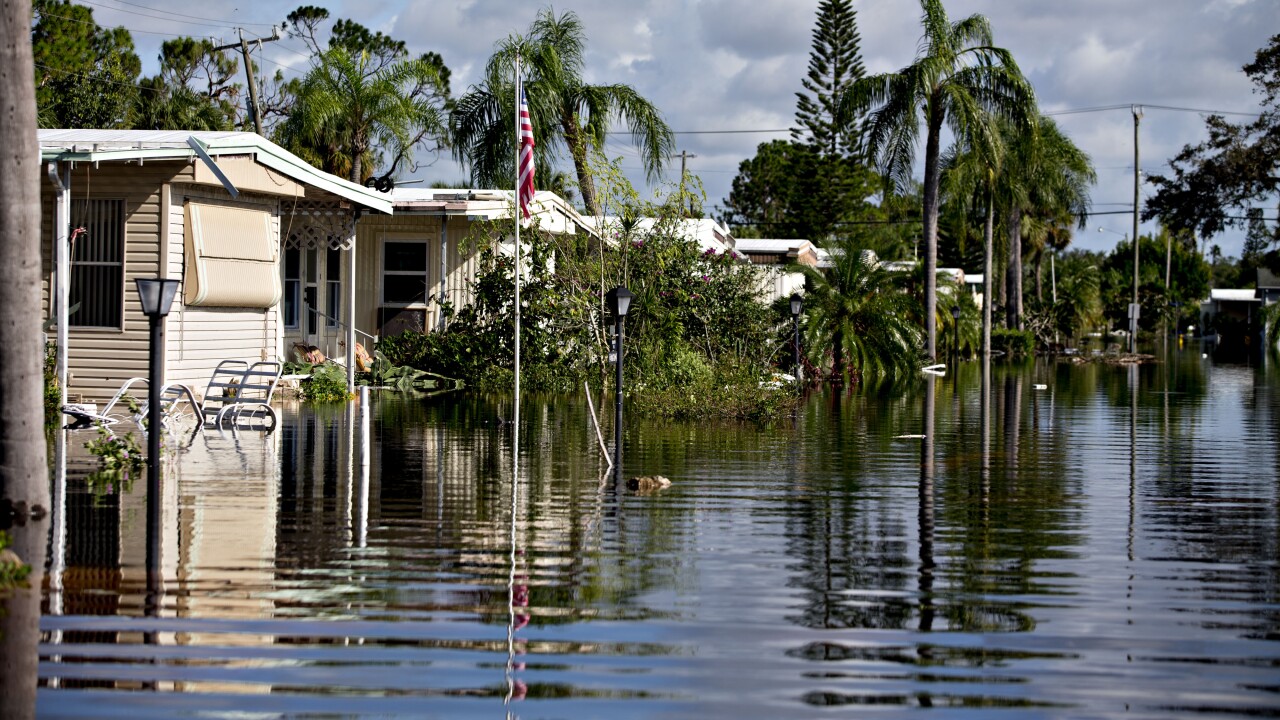-
Flood Quotes and the Flood Insurance Portal allows users to compare quotes and purchase policies directly through the platforms.
December 2 -
The average premium increase is 64% or $600 a year more, and in some states the rate would go up by more than $1,000, the comparison shopping platform found.
November 21 -
Congressmen introduced the Retroactive Renewal and Reauthorization Act to the House Monday, with hopes to backdate the reauthorization of the insurance program.
November 11 -
A lapse in the National Flood Insurance Program because of the US government shutdown threatens to snarl home sales in the nation's riskiest floodplains and leave some homeowners without coverage in the middle of hurricane season.
October 9 -
The first government shutdown since 2019 will slow flood insurance originations and new Small Business Administration loans, though self-funded banking regulators will continue operating as usual.
October 1 -
Consumers are so concerned about rising costs that they often forego coverage altogether, according to two separate studies from Valuepenguin and Realtor.com.
September 15 -
Mortgage lenders could face NFIP lapses and a government shutdown, but can take specific steps now to safeguard borrowers.
September 10 -
Numbers on use and performance point to potential for nonpublic insurers to take on a greater role but also suggest there are limits to it, Fitch Ratings found.
July 25 -
The National Flood Insurance Program, estimated to cover over 4 million homeowners, is set to lapse next Friday along with the federal budget.
March 6 -
Southeast homeowners affected by the storms last fall submitted a combined over 78,500 flood insurance claims to the National Flood Insurance Program.
February 13 -
The FEMA-operated program has over 4.7 million policies in force, and lawmakers have kept it intact via dozens of short-term extensions since 2017.
January 28 -
Financial profiles of borrowers in the coastal areas where insurance coverage is required vary significantly from at-risk homeowners inland, CFPB's analysis found.
January 14 -
Homeowners in areas affected by Hurricane Sandy have already seen growth in their property values lag behind the national median.
November 18 -
Mortgage professionals are focusing on housing policies and the Federal Reserve this November.
November 4 -
Flood maps, which designate areas where mortgage borrowers must buy policies are often out of date and don't focus on the danger of rain-caused issues.
October 9 -
Over 4 million residents in the region, both coastal and inland, face dangers similar to residents in Hurricane-weary Florida, Louisiana and Texas.
October 4 -
The incidence of at least four flood insurance payouts totaling $20,000-plus, or at least two totaling more than the building's market value, is growing.
October 4 -
The disaster underscores Americans' dangerously low levels of flood insurance coverage, especially away from coastal areas.
September 27 -
The program lapsing would've precluded mortgage applicants from closing on home loans without the required coverage in federally designated flood zones.
September 25 -
Awareness of disaster risk has increased in the public and private sectors, and it appears to be prompting more interest in home improvements in particular.
September 24

















